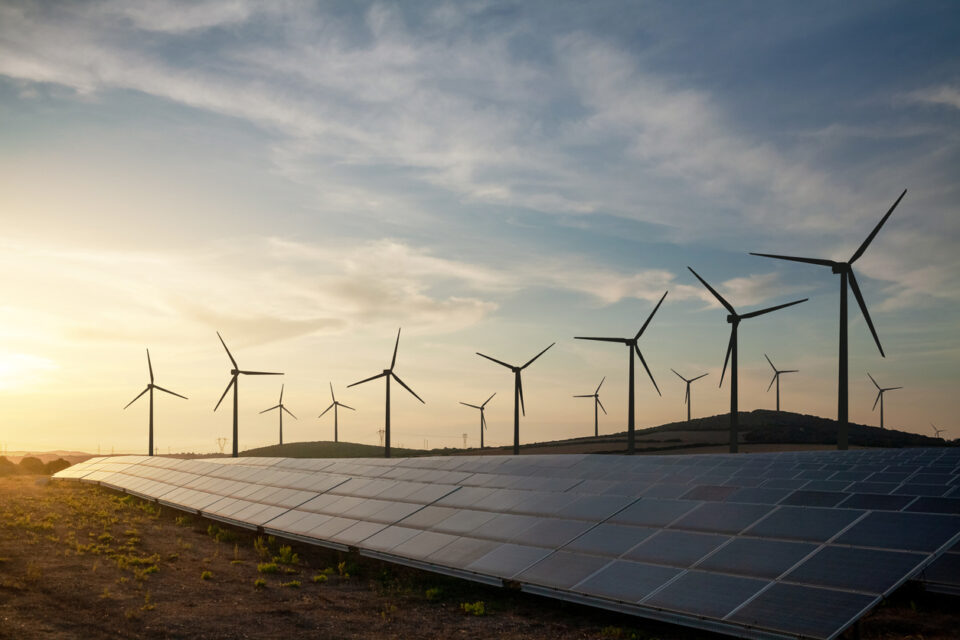The Inflation Reduction Act Presents New Opportunities and Incentives for Business and Individuals

The Inflation Reduction Act, which President Biden signed on August 16, 2022, represents the country’s first major legislative measure to fight climate change. The new law allocates $369 billion in programs to promote energy security and job creation. In addition, the Act focuses on subsidies and credits for alternative energy sources and taxing certain greenhouse gas emissions.
Important provisions include the following.
Lowering Consumer Energy Costs – The law provides incentives to consumers to purchase energy-efficient appliances, electric cars and solar panels and invest in home energy efficiency. Among other things, the Act allocates $9 billion in consumer home energy rebate programs and provides ten years of consumer tax credits for energy-efficient measures, including heat pumps, rooftop solar and electric HVAC, and water heaters. It also provides tax credits for purchase of many new and used electric cars and allocates $1 billion in grants to make affordable housing more efficient.
American Clean Energy Production and Manufacturing – The Act includes over $60 billion for clean energy manufacturing. It provides tax credits to accelerate U.S. manufacturing of solar panels, wind turbines, batteries, and domestic mineral production of, for example, cobalt and lithium, essential for clean technologies. The law allocates $10 billion and up to $20 billion in loans to encourage clean technology manufacturing facilities and $2 billion to retrofit current industrial facilities for electric car manufacturing.
Decarbonizing the Economy – While the government has a long history of subsidizing the development of carbon-rich fossil fuels, the new legislation changes focus. The government will invest billions of dollars in new energy technologies directed towards reducing carbon emissions in every sector of the economy. In addition to tax credits, the Act provides approximately $30 billion in grants and loans to states and utilities to accelerate the transition to clean energy. It provides almost $6 billion to reduce carbon emissions from the largest industrial emitters, including chemical, steel, and cement plants. The law also funds over $9 billion for Federal purchasing of clean technologies, including $3 billion for electric postal service vehicles. It allocates $27 billion to companies to accelerate the deployment of technologies to reduce carbon emissions, including a methane reduction program to curtail natural gas leaks. The legislation provides over $60 billion to disadvantaged communities to drive clean energy investments and over $27 billion to rural communities, including more than $20 billion to support climate-smart agricultural practices.
Navigating the Transition – Recognizing that clean energy transition will take time, and as a compromise to the fossil fuel interests, the Act also includes provisions to spur limited additional oil and gas development and expands tax credits for carbon capture.
LP strongly encourages clients to track the implementation of the Inflation Reduction Act, which will offer numerous investment opportunities and assist individuals and businesses in reducing their carbon footprint. For more information, contact James D. Brusslan.
For additional information, see these articles:
Inflation Reduction Act – Channeling The Terminator: I’LL BE BACK